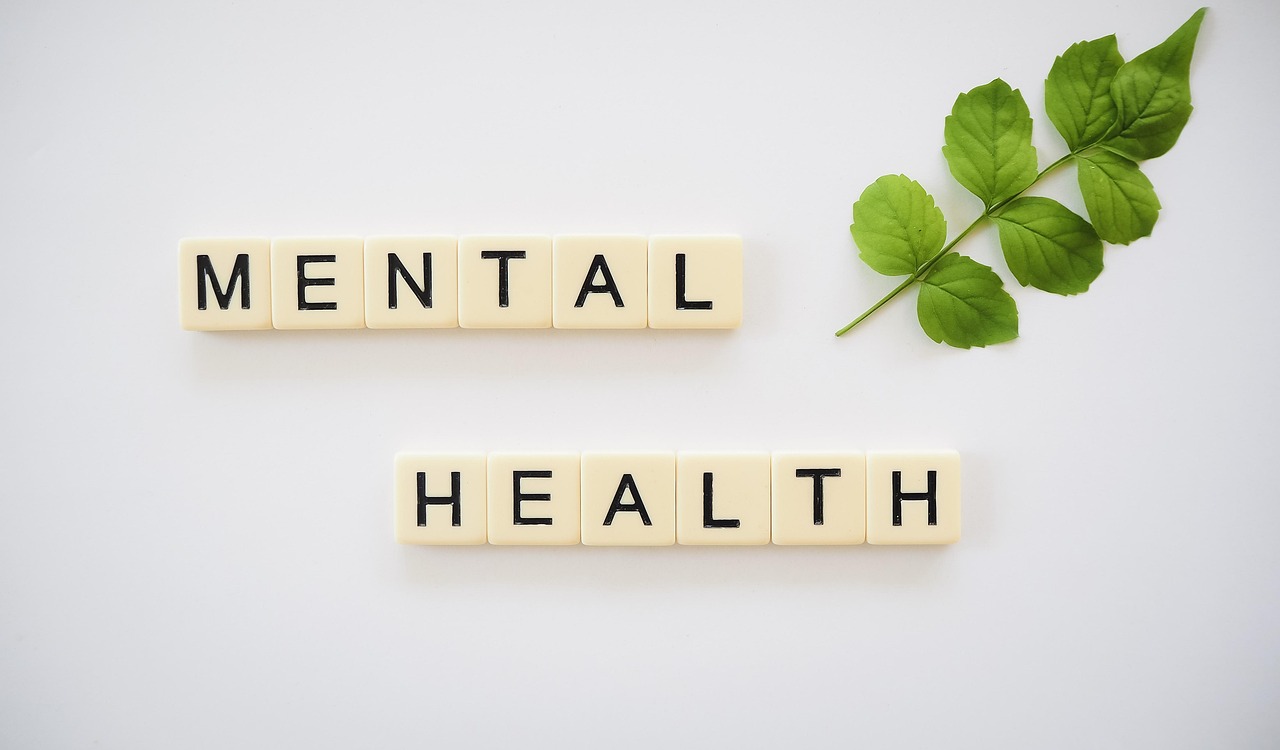Understanding Common Signs and Symptoms of PTSD
Post-traumatic stress disorder (PTSD) is a complex mental health condition that can develop after experiencing or witnessing a traumatic event. Recognizing the signs and symptoms of PTSD is crucial for early intervention and effective treatment. This article explores the common indicators of PTSD in adults, helping individuals and their loved ones identify when professional help may be needed.

What are the primary signs and symptoms of PTSD?
The signs and symptoms of PTSD can be broadly categorized into four main groups: intrusive memories, avoidance, negative changes in thinking and mood, and changes in physical and emotional reactions. Individuals with PTSD may experience symptoms from each of these categories, though the specific manifestations can vary from person to person.
Intrusive memories are often the most recognizable symptom of PTSD. These can include recurrent, unwanted distressing memories of the traumatic event, flashbacks, and nightmares. Some individuals may experience severe emotional distress or physical reactions to something that reminds them of the trauma.
Avoidance behaviors are another hallmark of PTSD. People may try to avoid thinking or talking about the traumatic event. They might also avoid places, activities, or people that remind them of the trauma. This avoidance can significantly impact daily life and relationships.
How do negative changes in thinking and mood manifest in PTSD?
Negative changes in thinking and mood are a less visible but equally important aspect of PTSD. These symptoms can include persistent negative thoughts about oneself, others, or the world. Individuals may experience feelings of hopelessness about the future or difficulty maintaining close relationships.
Memory problems, particularly related to the traumatic event, are common. Some people may struggle to remember important aspects of the trauma. Feelings of detachment from family and friends, lack of interest in previously enjoyed activities, and difficulty experiencing positive emotions are also typical.
It’s important to note that these changes in thinking and mood can be subtle and may develop gradually over time. Friends and family members might notice these changes before the individual with PTSD does.
What physical and emotional reactions are common in PTSD?
Changes in physical and emotional reactions, also known as arousal symptoms, are a key component of PTSD. These symptoms can make it difficult for individuals to function in their daily lives and may include:
-
Being easily startled or frightened
-
Always being on guard for danger
-
Self-destructive behavior, such as drinking too much or driving too fast
-
Trouble sleeping or concentrating
-
Irritability, angry outbursts, or aggressive behavior
-
Overwhelming guilt or shame
These symptoms can be particularly challenging as they may seem unrelated to the traumatic event, leading to confusion and frustration for both the individual and their loved ones.
How can one identify symptoms of PTSD in adults?
Identifying symptoms of PTSD in adults requires careful observation and understanding. It’s important to remember that symptoms may not appear immediately after the traumatic event; in some cases, they may emerge months or even years later.
Key indicators to watch for include:
-
Persistent re-experiencing of the traumatic event through flashbacks or nightmares
-
Marked avoidance of trauma-related stimuli
-
Negative alterations in cognition and mood
-
Increased arousal and reactivity
If these symptoms persist for more than a month and significantly impair an individual’s ability to function in daily life, it may be time to seek professional help.
What are the risk factors for developing PTSD?
While anyone can develop PTSD after a traumatic event, certain factors may increase the risk. These include:
-
Experiencing intense or long-lasting trauma
-
Having experienced other trauma earlier in life
-
Having a job that increases the risk of exposure to traumatic events (e.g., military personnel, first responders)
-
Having other mental health problems, such as anxiety or depression
-
Lacking a strong support system
-
Having biological relatives with mental health problems
Understanding these risk factors can help individuals and healthcare providers identify those who may be more vulnerable to developing PTSD after a traumatic event.
When should someone seek professional help for PTSD symptoms?
Seeking professional help is crucial if PTSD symptoms persist for more than a month and significantly impact daily functioning. Early intervention can greatly improve outcomes and quality of life. Some signs that it’s time to seek help include:
-
Symptoms interfering with work, relationships, or daily activities
-
Experiencing suicidal thoughts or behaviors
-
Feeling unable to control symptoms or emotions
-
Using drugs or alcohol to cope with symptoms
-
Symptoms worsening over time instead of improving
Mental health professionals can provide a proper diagnosis and develop an appropriate treatment plan, which may include therapy, medication, or a combination of both.
Understanding the common signs and symptoms of PTSD is the first step towards recovery. By recognizing these indicators, individuals can seek timely help and support, leading to better management of the condition and improved overall well-being. Remember, PTSD is a treatable condition, and with proper care and support, many people can find relief from their symptoms and regain control of their lives.
This article is for informational purposes only and should not be considered medical advice. Please consult a qualified healthcare professional for personalized guidance and treatment.




